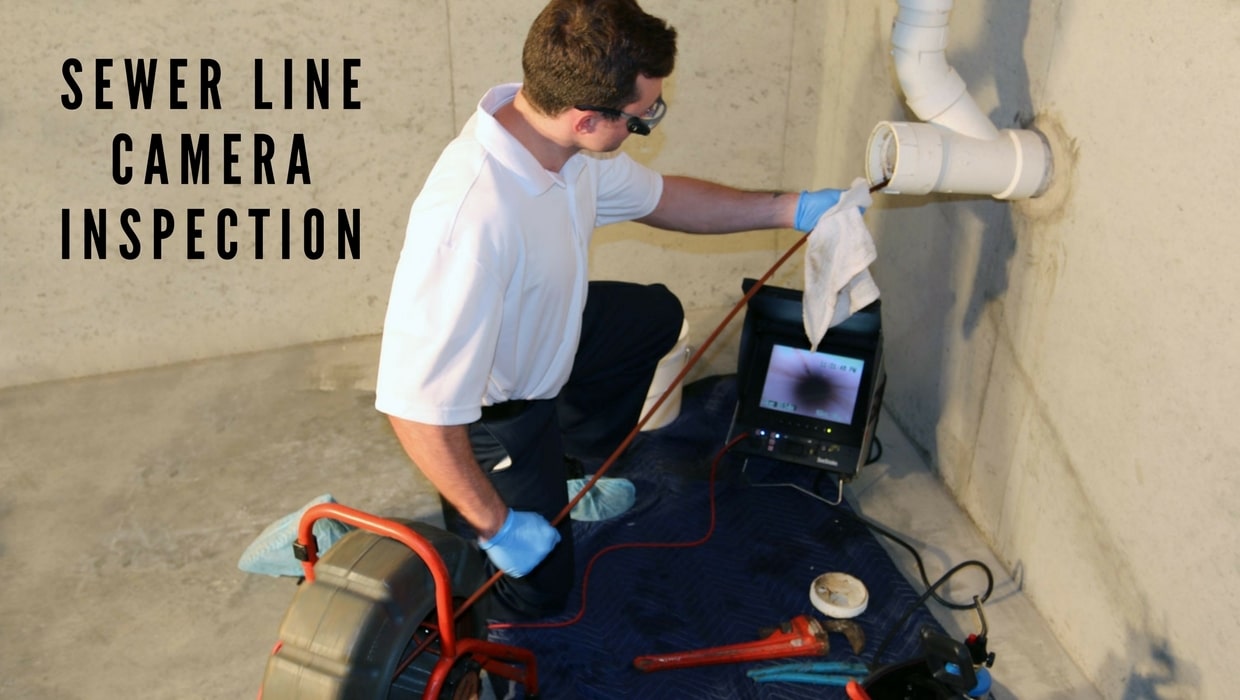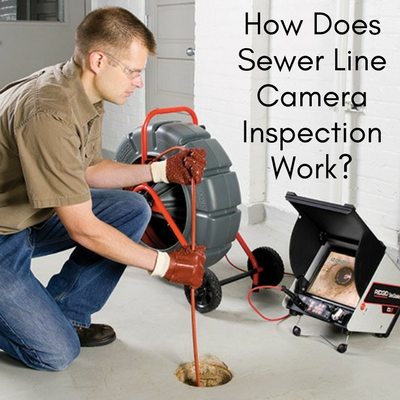
Finding Problems in Your Sewer System
These days objects are getting smaller and smaller and cameras are no different. From big, bulky equipment, cameras have since changed and gotten smaller and smaller. It is small enough to fit on the back of most smartphones while still being able to capture high-resolution images.
Since cameras have become so tiny now, they have gained more applications not just for spy and undercover operations but for the plumbing industry as well, which is very helpful.
Instead of having to use big manual tools, listening gear or even having to dig up an entire area just to pinpoint the exact cause of the problem in pipes which also involved a lot of trial and error, plumbers now have the option to inspect pipes and sewer lines using miniature cameras specifically made for that purpose.
If there is a problem in your sewer lines – such as a clog or a leak – it would be easily detectable through camera line inspections. Read on to learn all there is to know about sewer line camera inspections.
What Type of Camera is Used to Inspect Sewer Lines?
There is a specific type of camera used for sewer line inspections and it’s called a sewer inspection camera or a sewer pipe camera.
This is a tiny, flexible camera which is purpose-built to be snaked into sewer lines and pipes to allow an ocular examination of the sewer pipes or lines located underneath houses, buildings or roads. Most of the sewer inspection cameras are fit to use for either huge pipes or tight drains.
These cameras are used to acquire a precise picture of what’s inside the pipes so plumbers can check for any problems. Sewer pipe cameras are a fairly new technology which is ideal to use for identifying even the tiniest of problems with accuracy.
Because of this, professional sewer repair persons do not need to dig up areas which may cause damage further damages. Sewer inspection cameras can be used to identify different problems in your pipes and sewer drains. Read on to learn about the most common sewer problems encountered by professionals.
Most Common Types of Sewer Problems
Sewer pipes may be hidden parts of your home but that doesn’t mean that they are not prone to damage. Here are the most frequent and common issues that may plague your sewer pipes, which can be detected through sewer line camera inspection:
- Broken-off tree roots: If you have lots of trees in your area, some of the roots may have broken off and fallen into your sewer line. When this happens and nothing is done about it, the tree roots can cause damage to your sewer or pipe lines.
- Pipe problems: Because the soil which houses your pipes and sewer lines tends to shift, your pipes may end up collapsing, getting cracks or getting misaligned or even broken.
- Some sort of blockage: This happens when grease, leaves or other objects get stuck in your pipes or sewer lines, making it difficult for water to flow properly.
- Deterioration or corrosion of metal pipes: Older pipes and sewer lines are usually made with materials other than PVC piping, which makes them prone to deterioration and corrosion, which might cause them to collapse.
- Bellied pipes or leaking joints: Bellied pipes occur when a part of the pipe has descended, which then allows for waste and other debris to gather. Leaking joints, on the other hand, are caused by broken seals between pipes.
All these problems are bothersome especially when you don’t know which of these issues are causing your sewer lines to malfunction. As soon as you encounter problems with your pipes or sewer lines, it would be best to call for a professional to do sewer line camera inspection.
So How Does It Work?
To be able to see inside pipes and sewer lines, a high-resolution sewer pipe camera is fastened to the end of a flexible rod. A professional then inserts the rod, along with the camera into the pipes to check and inspect the problems.
Using a flexible rod permits for more improved mobility inside pipes and sewer lines. The professional will be able to see all the parts of the pipes and lines, even the corners. This is the most basic and traditional way of sewer line camera inspection.
For more complicated sewer lines, the sewer inspection camera is connected to a Pipeline Inspection Gauge (PIG), which is a cylindrical mechanical body which is able to move through the pipes and sewer lines. Aside from the camera, it can also be attached to other equipment which can remove debris.
PIG is not only used for inspection but for pipe and sewer line maintenance as well. It also has lighting features to give a clearer image of what can be found inside the pipes. The images are seen through a screen connected to the PIG by a flexible and waterproof line.
Either way, these cameras are used to locate the exact problems in your sewer lines and pipes or what causes them. Though these cameras are not used to fix these problems, they are still very much essential to be able to help the professionals decide the correct solution to fixing the damage.
Simple but very effective, sewer line inspections with the use of camera equipment is one of the most convenient ways to accurately find problems in your sewer lines and pipes.
Conclusion – Find the Best Fix for Your Sewer Line Issues
Now that you know how sewer line camera inspection works, you can be more confident in calling up professionals to fix the issues you have with your pipes and sewer lines. Not only that, but you can also ask the right questions you need to ask when you’re having a sewer line camera inspection in your home.
Information is truly valuable and right now you have helpful knowledge which could be useful when you experience problems such as these. You’d have the option and know-how to choose the basic way to have your pipes inspected or the more sophisticated way. Whichever way you choose, you can find comfort in the fact that you know what’s going on and what the professional repair persons are doing.

